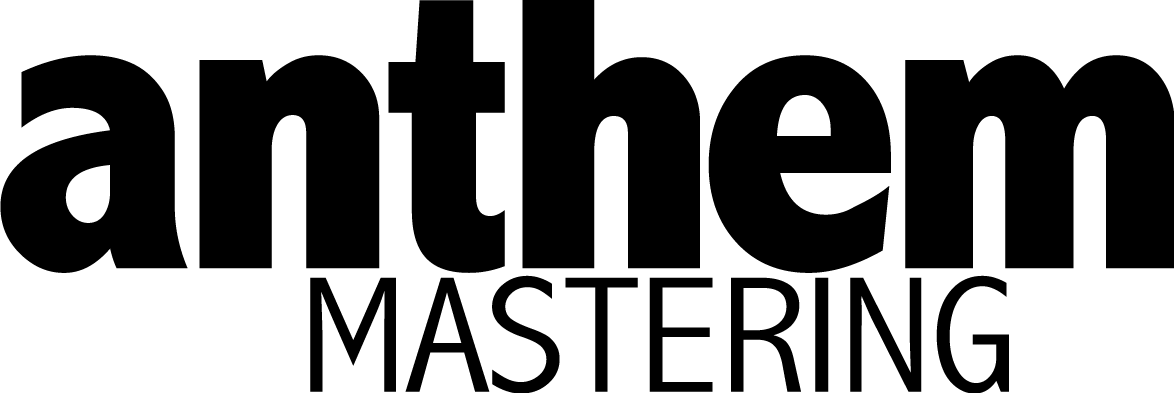Best Practices for Backing Up Your Data
by Rob Schlette
What Is a Backup?
A backup is a working safety copy of your production data. The goal of a systematic approach to backups is to keep data loss from stopping or significantly delaying your work. If properly implemented, a backup system will contain current production data for all in-progress projects as of the conclusion of the most recent session.
The importance of data backup cannot be overstated. What you may think of as ‘your data’ is someone else’s proprietary master recordings, not to mention their art. Preventing data loss will protect those valuable assets and preserve your professional integrity.
Best practices for backups are all about redundancy. In particular, this article describes three particular types of redundancy that are critical elements in maintaining working safety copies.
Redundancy #1: Multiple Copies
This point may seem obvious, but a systematic approach to backups should facilitate at least two complete, secure copies of the project data. Before you laugh, note the word ‘secure’. I’d encourage anyone who is concerned about the safety and integrity of client data to think of ‘secure’ copies as ‘non-public’ copies.
For example, leaving client data on local hard drives in commercial studio facilities is not secure. Anyone who needs more drive space can delete the data. Anyone who is bored or curious enough can open it or copy it.
Additionally, shared folders and dropboxes that aren’t password protected are essentially public places. A network is a community in a very real way. Proprietary data should be secured behind closed doors.
Redundancy #2: Multiple Locations
The two secure copies of your client data should be stored in two different locations. This practice will prevent the ugliest of the long list of data loss events from affecting both of your copies.
Fire, flood, theft, and power surge will invariably affect an entire facility. Nobody wants to consider that (myself included). Unfortunately there is a long list of stories that can be recounted in which something really bad happened to all of the “redundant” media.
The easiest way to facilitate multiple locations is to take advantage of the inherently remote ‘location’ that cloud storage provides. Just be sure to actively log in and copy your data at the end of each session. Most media applications suggest that automation tools like Time Machine be disabled to optimize system performance.
Redundancy #3: Multiple Storage Technologies
There are two ways that you can provide technological redundancy within your backup regimen. The first is by choosing different storage media for your two different copies. This redundancy can eliminate the risks introduced by unforeseen factors like defective optical media and infant mortality in spinning hard drives.
Some simple examples of technological redundancy in the primary backup technology could include:
- Copy #1 copied to network attached storage; copy #2 burned to DVD-ROM, or
- Copy #1 copied by the facility’s AIT library; copy #2 on your removable Firewire drive
This difference doesn’t have to be perfect or dramatic. The key is to avoid high-risk scenarios like two identical drives from the same manufacturer, or multiple DVD’s.
The other type of technological redundancy is the secondary technology. This includes any hardware or software necessary to write or read data to/from the primary storage medium. Common examples include:
- Automated archival applications like Retrospect or PresStor
- Optical media drives
- Tape drives
As a rule of thumb, it’s a good idea to rely on as little intermediate technology as possible when backing up client data. Each additional mechanism can represent a barrier to future retrieval. When secondary technology is needed, make it unique to one copy.
Good Habits Make It Easy
The difficult thing about unexpected crises is the whole ‘unexpected’ part. There’s no way to sit at the end of a session and know whether this is going to be one of the times you’ll end up using a backup to restore client data (and avert a larger crisis). The only option is to get in the habit of a sufficiently redundant, systematic backup routine.
I’ve found that there a number of 5 to 10 minute odd jobs that I can accomplish around the studio while my data copies to secure cloud and local storage. For that matter, having a little email time before barreling on to the next thing can be pretty luxurious as well.
The Limits of Backups
While backups can save the day during the production cycle, they’re not particularly useful once the project is over and the masters are ready for delivery. Since backups are working safety copies of your production data, they’re still completely reliant on specific versions of production technology, like DAW and plugin applications.
There are detailed, standardized practices for archives which are discussed in An Introduction to Archiving Music Recordings. For reference, check out the Recommendations for Delivery of Recorded Music Projects published by the Producers and Engineers Wing of The Recording Academy.
